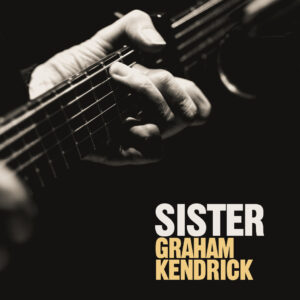Subscribe for updates

Free Download
Send Free Download Link to:
In many churches, leaders of the musical aspect of worship, though not necessarily teaching pastors as such, are responsible for large chunks of the service. Christ gave gifted people to the Church; “to equip his people for works of service” (Eph 5:11-13). The criteria by which corporate worship is evaluated, according to Paul is “edification,” which is the act of building a building, in this case the spiritual building of the church (1 Cor 14: 3, 5, 12, 26). So how do we equip and build the worshiping community, especially if we’re the part of the team whose main public role is leading the singing? Here are three simple principles: being, doing, and explaining.
An apple tree produces apples, and a genuine worshiper will reproduce genuine worshipers. Who we are and the example of our lives will always make the most lasting impact. Living it validates leading it. Thankfully, God treasures a humble, contrite heart; knows how weak and flawed we are; and patiently shapes us even as we shape others.
How should we worship? Whatever your theology, people will take their cue from the actions you lead them in, the attitudes they observe, and the words you put in their mouths. Over time a local culture of worship will be formed, for better or for worse. You may believe in the God before whom the patriarchs, prophets, and apostles trembled, but if you regularly saunter into his presence in the style and vocabulary of a crowd-pleasing entertainer, you will produce spectators who expect to be entertained.
“Sing me your songs and I’ll tell you your theology,” said the theologian. We teach explicitly by the songs we choose—their content, their style—and implicitly by the songs we omit. Are they chosen wisely and used strategically? Do they support the teaching program or are they really just my preferred repertoire as “local worship artist in residence?”
We may believe that the Bible is the inspired word of God, but do we give prime time to the public reading of it?
A principle that has served the Church well from centuries past in essence says: “as we have worshiped, so we believe.” In other words, the very words used to offer worship teach the foundational truths about who we worship and why. What would a totally un-churched outsider learn about the Christian faith just from the content of the service?
In this visual age, words married to appropriate images are a powerful combination. We know this. But, are images chosen as carefully as we would want the songs and sermon material chosen?
To explain an action as it takes place is possibly the most effective way to teach. The challenge is to use a minimum of words and enhance the flow of events rather than slow them down. Do you recognize any of these caricatures: the “frustrated preacher” who feels the need to deliver a full-blown sermon between every other song; the “over-sharer,” who can’t help telling you that they don’t feel like worshiping this morning because they are working through some issues but they will anyway because God spoke to them after they upset their spouse/pastor/best friend/at the barbeque last Thursday etc, etc. Then there is “the silent one” who screws up their eyes and has their own private worship meeting leaving the congregation wondering what to do next. We need to learn how to use an economy of words wedded to appropriate actions to make clear both what we are asking people to do and why. People feel more secure and give their worship more readily in this environment.
The strength of written liturgy is not only in its carefully crafted words of worship, but also in the sequence in which themes unfold, and actions follow one another, imparting not only foundational truths but also templates of how to approach God.
How can we teach through the journey we map out? Isaiah’s vision of God’s throne (chap 6) is a well established “template” for the worship journey, from a revelation of God’s holiness, to the recognition of sin, to rescue by God’s own sacrifice, to hearing God’s call to serve, to responding and being sent out. To all of us commissioned to pastor even while we sing, this is certainly an appropriate starting point. A good ending point as well.
This article originally published in Worship Leader magazine in May 2012 and online on worshipleader.com in April 2016.

Send Free Download Link to: